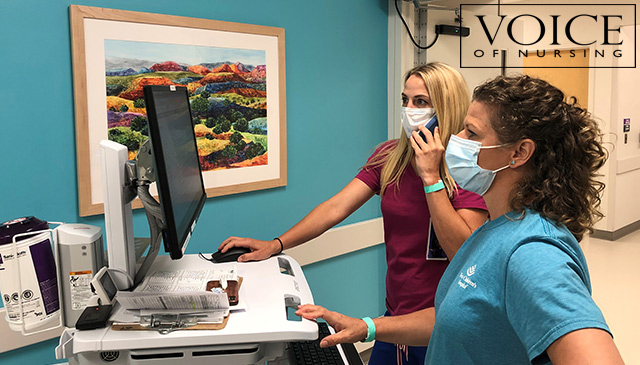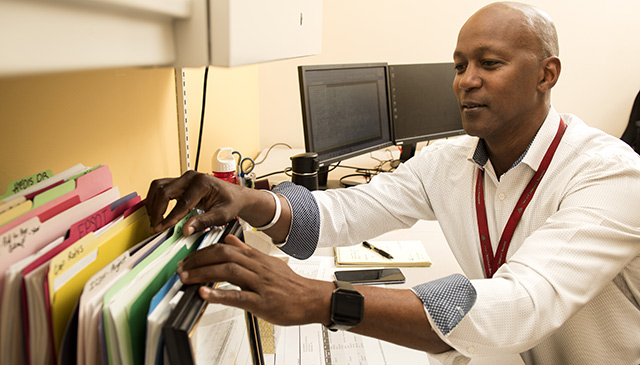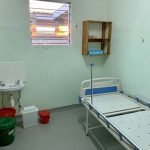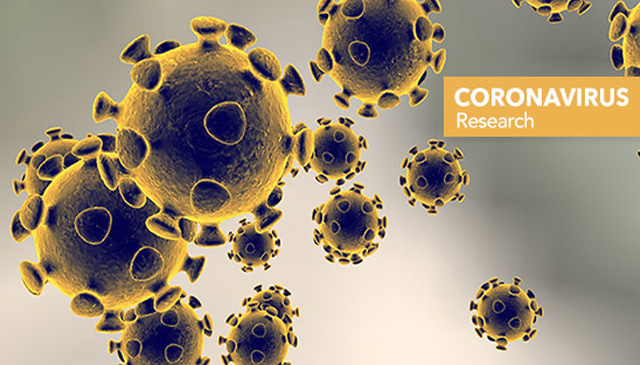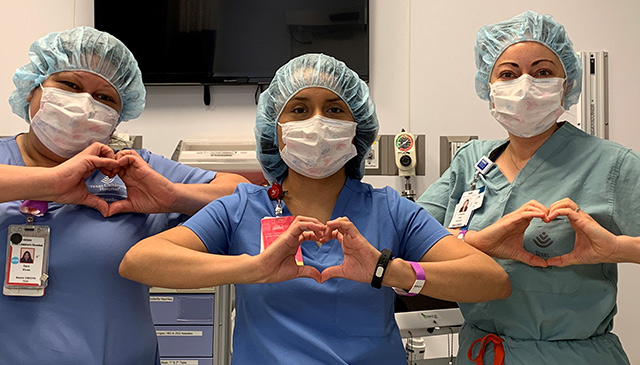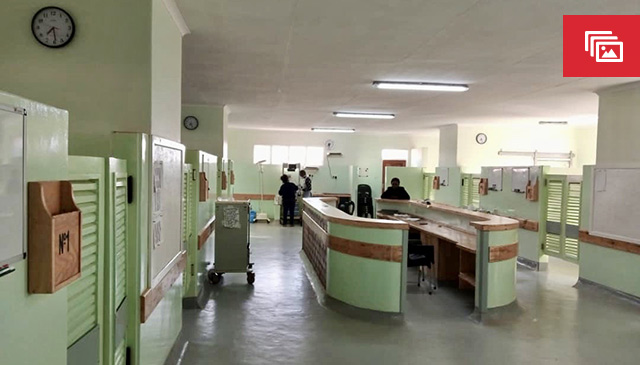
A new nine-bay labor and delivery ward at Area 25 Health Center in Lilongwe, Malawi, is providing women a private place to give birth, and clinical workers more space to deliver the same amount of babies per year born at the Pavilion for Women.
“This is a huge step forward for our patients and our clinicians,” said Dr. Jeffrey Wilkinson, vice chair of Global Health and professor, OB-GYN and director of the Global Women’s Health Program. “It falls right in line with our goal of providing the highest quality of care to the women and children we treat through our Global Women’s Health program.”
Formed in 2012, the program is a collaboration between Texas Children’s Hospital, Baylor College of Medicine Children’s Foundation – Malawi and the Ministry of Health of Malawi. This public-private partnership leads the way in the development of transformative programs that benefit thousands of women and babies as well as scores of learners in low resource settings.
Women and children are disproportionately affected by lack of access to health care services, particularly in resource limited settings. Malawian women have some of the worst odds with 675 deaths per 100,000 live births – among the highest maternal mortality ratios in the world. By contrast, the ratio for US women is 14 deaths per 100,000 live births.
To improve these odds, the Global Women’s Health program has invested a lot of time and effort into expanding the quality and quantity of services offered at Area 25 Health Center, significantly alleviating the burden of increasing demand for maternal and neonatal services at Kamuzu Central Hospital (Lilongwe’s referral hospital) and Bwaila Maternity Hospital, the largest maternity unit in the region with 17,500 plus deliveries per year.
With the help of generous donors, a maternal waiting home, a four-room operating theater and now a new labor and maternity ward have been built to help clinicians, midwives and non-medical staff better serve the women and children of Malawi.
Each room in the new labor and delivery ward is equipped with a swinging door that leads out to a nurses’ station. One of the nine rooms has a private bath and shower. The other eight rooms share four private baths and showers, each with a sliding door for easy access.
Prior to opening the new ward, women at Area 25 were delivering their babies in a six-bed labor and delivery ward on beds lined up in one room and separated by only a curtain. Because of the cramped quarters, family members were not able to accompany or help their loves ones during delivery.
The new ward has enough space for one family member to be in the room during delivery, an accommodation that is somewhat unique in health care facilities across Malawi and sub-Saharan Africa. The old labor and maternity ward will be used for anti-labor, triage, admissions and evaluation of patients coming in for labor.
“This has been a transformational gift for the women and babies in this region,” said Dr. Ibe Iwuh, one of the OB-GYNs at Area 25. “It’s helped us not only provide high quality care to women but also to demonstrate the potential between a public-private partnership between a US academic institution, a US health care organization, and the Malawi Ministry of health.”
Dr. Chikondi Chiweza, one of the OB-GYNs at Area 25, said it’s very satisfying to see Area 25 become one of the busiest maternity wards in the area.
“Because of the waiting home, women who might have gone into labor far from a medical institution now have a safe place to wait during their last few weeks and days of pregnancy,” Chiweza said. “The operating theater has enabled us to take care of more complex patients, and the new maternity and labor ward will allow us to better meet the ever-growing demand of births and well-woman services.”
For more information about the Global Women’s Health program and Area 25, click here.
